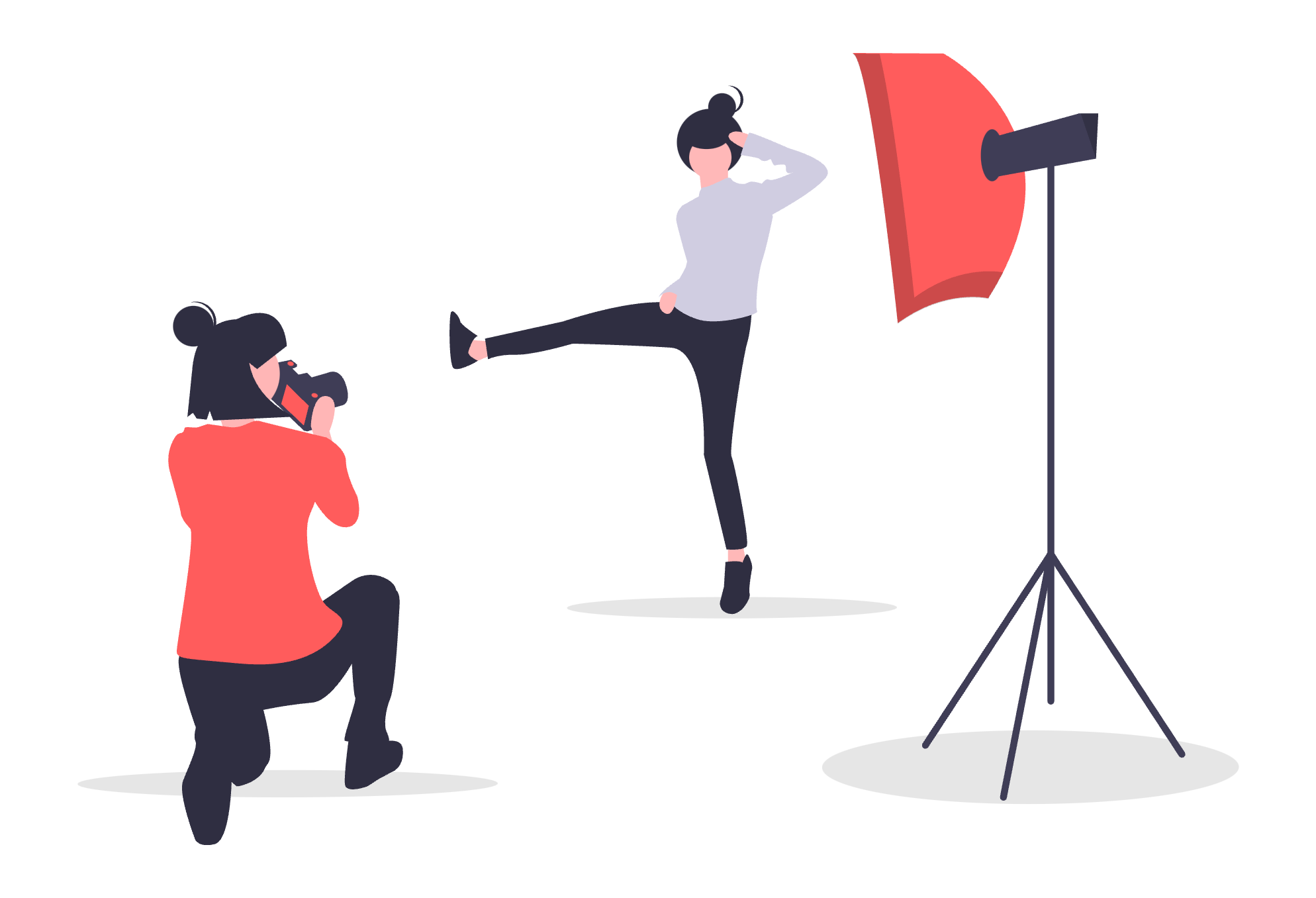How can you create a very creative stakeholder map?

In short: Create a photo where you play out the different stakeholders and show the emotions with gestures and your faces. Or go even further by recording a 30s-1min clip where you see the relations unfold.
Photo of people instead of map
Nicolai Roscher shared an inspiring example of how you can transform stakeholder maps into tiny into photographs where you see different people acting together. Nicolai made this during the last day of the Futures Design event with Liene Kupca.
The map instead of showing with lines and icons different relationships shows them through the emotions on the faces of the people and their gestures.
This still photograph captures much more details in one quick look than what a map shows you. Where a map needs some analysis, here you subconsciously feel what happens in a blink of an eye.
This way of making a stakeholder map that isn't a map, but instead a capture of a relationship between different people is something that I think we can push even forward.
You can read Nicola's post to get more details about the process he followed to create such a photographic stakeholder map.
A tiny theatrical play of the relationships
Instead of making just a still image, what if we captured a 30 second to one minute video where we role played a different relationships. We could then have a still picture, which is a bit of the visual summary, and then the moving image that gives us more details.
Creative and useful
A stakeholder map like any other design method can easily be reinterpreted into something more creative or different, and that's good. A stakeholder map doesn't always have to look like every other stakeholder map.
But there should always be this balance between creativity and usefulness.
Every time we use one of these methods, what is important is not the method itself. But what it teaches us, what it helps us change in the way we design.
So we shouldn't spend more time into making the map than time spent using the map.